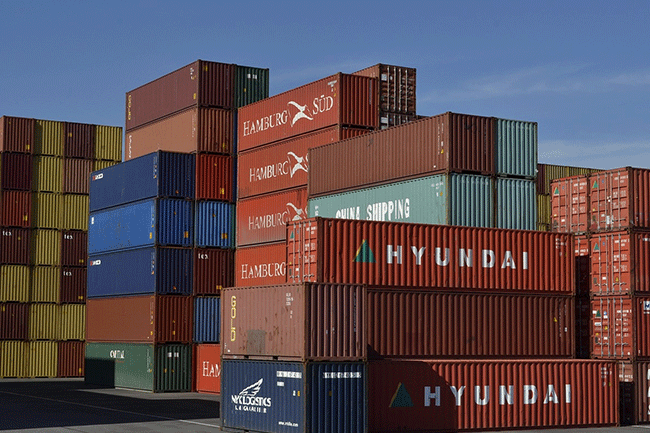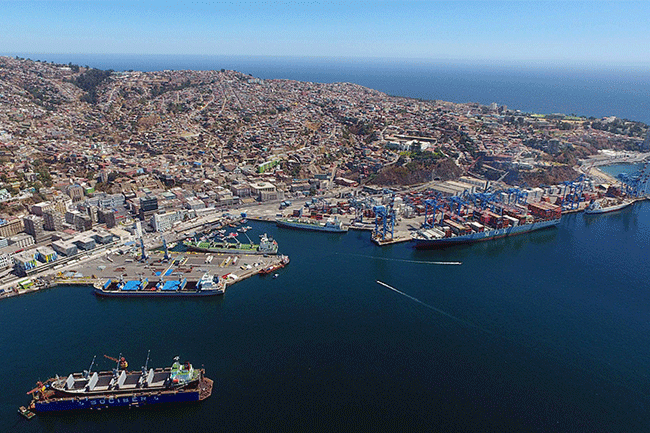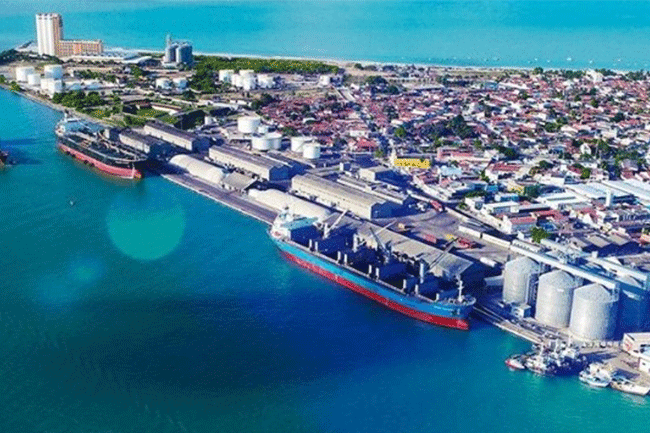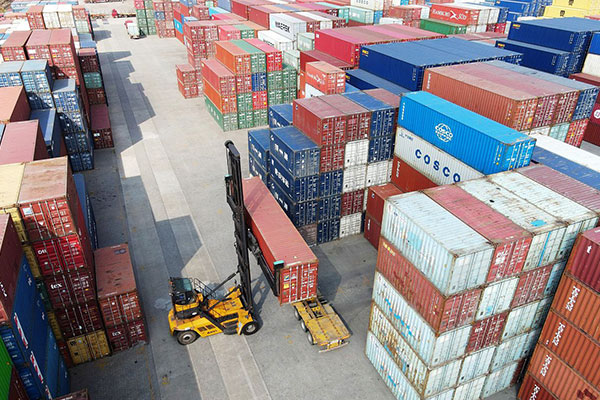- Shanghai Zhongshen International Trading Co., Ltd. – Your reliable partner with 20 years of import/export agency service expertise.

2025 Red WineImport Agent ServicesMarket New Landscape
With the China-EU Geographical Indications Agreement fully in force, the imported wine market is showingstructural adjustmentThe number of registered importers in France’s Bordeaux region fell by 18% year-on-year, while import volume from Chile’s Central Valley surged 37%. Behind this shift, three dimensions that import agents must re-evaluate are:Certification of origin compliance, end-channel alignment, utilization rate of tariff preferences.
In-Depth Analysis of Key Decision Points
When a Zhejiang apparel company crossed over to become the agent for an Italian DOCG-level red wine in 2024, it failed to noticeNew Regulations on Alcohol Packaging Materials to Take Effect in 2025, resulting in the first batch of containers being held up at Tianjin Port for 28 days. This case highlights the five core elements that agents must master at the current stage:
- Qualification certification system
- Starting in 2025, new organic certification QR code traceability requirements will be added.
- The energy value must be indicated on EU wine labels.
- Customs clearance strategy optimization
- The final zero-tariff window for Chilean red wine
- Cost-Break-Even Analysis Between Bonded-Zone Warehousing and Duty-Paid Import
Hidden Costs of Channel Matching
We compared the channel strategies of two Shanghai-based importers: Company A adopts the traditional mass-distribution model, and itsThe damage rate is as high as 3.2%.; Company B has built a temperature-controlled warehouse to supply high-end restaurants directly, keeping logistics losses at 0.8%. Data show that, by 2025, fine-wine distributors must keep channel-building costs below 15% of the goods’ value to remain profitable.
Dynamic Utilization of Tariff Policies
Taking Australian red wine as an example, although the basic tariff has been restored to 14%, throughRules of Origin Accumulation, using a Malaysian transit warehouse in a hybrid model can still cut the overall tax rate by 3–5 percentage points. This policy-arbitrage gap demands that agents keep the minutiae of every country’s free-trade agreement updated in real time.
Risk Prevention and Control: A Practical Guide
- EstablishThree-tier quality inspection system: Overseas pre-shipment inspection + on-arrival sampling + full inspection upon warehousing
- PurchaseSpecial Clauses for Transportation Insurance, covering quality degradation caused by temperature control failure
- Reserve15% tariff depositAddressing potential retroactive anti-dumping duties
A Beijing-based importer, anticipating the trajectory of tariff preferences on Georgian red wines, moved six months ahead to position its portfolio in Qvevri amphora wines and realized [results] in Q1 2025.Gross margin increased by 22%.. This case confirms the decisive role of dynamic market forecasting in wine agency business.
Full-Chain Service Value Map
The value of a professional agency service provider is not only reflected in the customs-clearance segment, but also in building an encompassingOverseas winery credit assessment, Chinese back-label pre-review service, distributor payment-term managementA complete solution. Data from 2025 shows that importers using full-chain services shorten their cash-to-cash cycle by an average of 45 days.
? 2025. All Rights Reserved.










